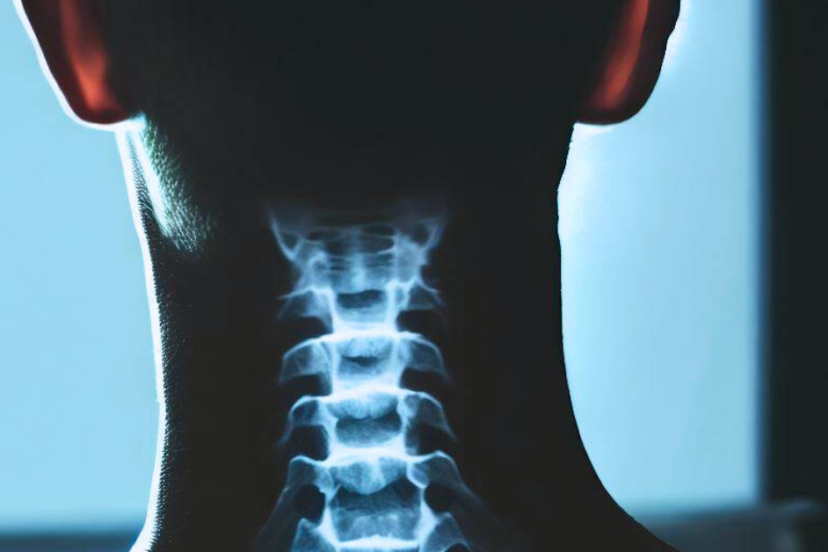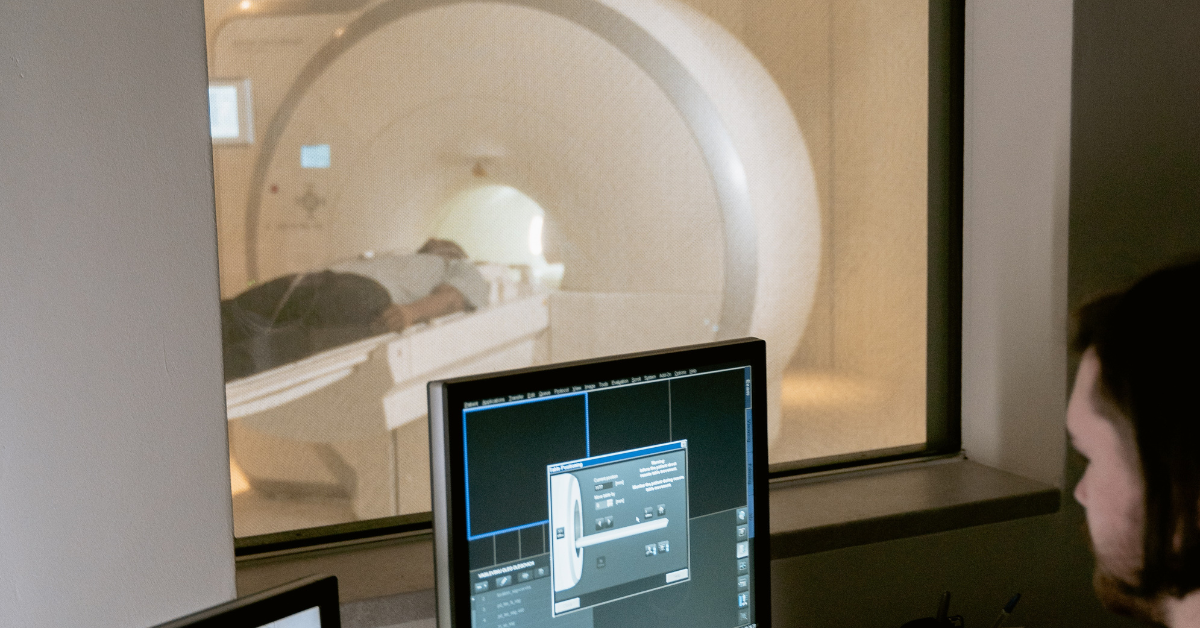Soft Tissue Neck X-ray: Understanding the Importance and Applications
In this article, we will delve into the significance of soft tissue neck x-ray as a vital imaging technique. We’ll explore its wide-ranging applications and provide practical insights into its usage, along with the reasons underlying its recommendations.
Soft tissue neck x-ray emerges as a pivotal tool in radiology, yielding crucial insights into the intricate landscape of soft tissues within the neck region. Employing non-invasive x-ray technology, it aids in the diagnosis and assessment of diverse medical conditions.
The Crucial Role of Soft Tissue Neck X-ray

Exploring Purpose and Benefits
The scan serves a multifaceted purpose in the realm of medicine. It facilitates the visual inspection and evaluation of soft tissues encompassing the pharynx, larynx, and their surroundings. By generating detailed images, it empowers the identification of anomalies such as injuries, infections, tumors, or structural irregularities.
Common Scenarios Leveraging Soft Tissue Neck X-ray
This scan finds widespread application in various clinical contexts, including:
1. Trauma cases: Assesses potential fractures, dislocations, or soft tissue injuries resulting from incidents like car accidents or sports-related mishaps.
2. Swallowing difficulties: Evaluates the pharynx to pinpoint obstructions or abnormalities impacting swallowing functionality.
3. Airway obstructions: Identifies blockages or constrictions in the airway, critical for optimal breathing.
4. Suspected infections or tumors: Facilitates the detection and monitoring of conditions affecting the soft tissues of the neck.
Preparing for a Soft Tissue Neck X-ray
Anticipating the Procedure
The scan is a brief and uncomplicated process.
Positioned before the x-ray machine, you’ll receive guidance from a skilled radiology technologist on correctly aligning your neck and head. This ensures both comfort and optimal image quality.
Guidelines for a Successful Examination
To ensure the precision of the outcomes, adherence to these guidelines is essential:
1. Clothing and accessories: You might need to remove items like necklaces or piercings that could obstruct imaging.
2. Communication: Notify the technologist of allergies, medical conditions, or pregnancy concerns.
3. Correct positioning: Follow the technologist’s instructions for accurate neck and head alignment.
4. Minimize movement: Maintain stillness during the x-ray to prevent image blurring.
5. Shielding: Pregnant or potentially pregnant individuals will receive a lead apron to safeguard the abdomen from radiation.
Interpreting Soft Tissue Neck X-ray Results

Deciphering Anatomy and Structures
The scan reveals intricate details of neck structures, including the pharynx, larynx, and adjacent soft tissues. Familiarizing oneself with normal anatomy assists in recognizing potential anomalies.
Spotting Potential Abnormalities
Radiologists or healthcare professionals scrutinize scan images to detect signs of injury, infection, tumors, or structural irregularities. Parameters like clarity, size, and shape guide further investigations or treatment decisions.
Applications and Benefits of Soft Tissue Neck X-ray
Scans boasts versatility across medical scenarios, shedding light on:
1. Diagnosing Injuries and Trauma: Crucial for assessing injuries, fractures, or soft tissue damage, aiding precise treatments.
2. Assessing Swallowing Difficulties and Airway Obstructions: Evaluates the pharynx, pinpointing obstacles or narrowing affecting vital functions.
3. Evaluating Tumors and Infections: Detects and evaluates tumors, infections, and growths within the neck, guiding further investigations and treatments.
The Strengths and Considerations of Soft Tissue Neck X-ray
Non-invasive and Cost-effective
This scan is non-invasive in nature and is cost-effective. Recent advancements in Soft Tissue Neck X-ray Techniques and Interpretation underscore its evolution.
Within the realm of soft tissue neck x-ray, special attention is often given to the role of deep neck flexors. These intricate muscles play a pivotal role in maintaining neck stability and proper alignment. Scans provide a unique window into the function and health of these essential structures, shedding light on their engagement and potential anomalies.
Instances Favoring Alternative Imaging Techniques
While invaluable, soft tissue neck x-ray encounters situations where CT scans or MRI excel, particularly for intricate assessments or specific soft tissue evaluations.
In Conclusion
Soft tissue neck x-ray’s pivotal role in radiology empowers the understanding of neck soft tissue structures and conditions. Grasping its importance, applications, and constraints equips medical professionals and patients in diagnosing diverse medical scenarios.
It’s essential to remember that soft tissue neck x-rays should be administered by skilled healthcare experts. Individual cases necessitate evaluation by qualified medical practitioners. For queries or concerns about soft tissue neck x-rays, consult your healthcare provider.
FAQ’s
1. Is a the scan uncomfortable?
No, undergoing this scan is painless. You simply hold your position as we capture images. The process is swift and comfortable.
2. How long does a soft tissue neck x-ray take?
Typically lasting from a few minutes to around 15 minutes, the scan caters to your specific examination requirements. Our adept radiology technologist will guide you throughout the process.
3. Are there any risks tied to a scan?
Though involving minimal radiation, a scan is generally safe, with benefits outweighing potential risks. For pregnant individuals, informing your healthcare provider is essential to take appropriate precautions.
4. Can a scan detect all neck conditions?
While invaluable, a scan has limitations in certain condition detections. Comprehensive evaluations might require additional imaging like CT scans or MRI.
5. When will I receive my results?
The timing of results varies. Following radiologist review, a report will be sent to your healthcare provider. Your facility’s practices determine result delivery timelines.
![Urban Health Hive]](https://urbanhealthhive.com/wp-content/uploads/2023/05/cropped-cropped-Health_Logo.png)




